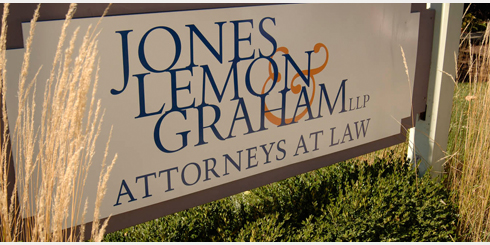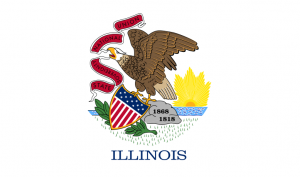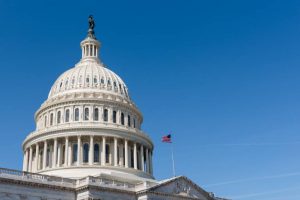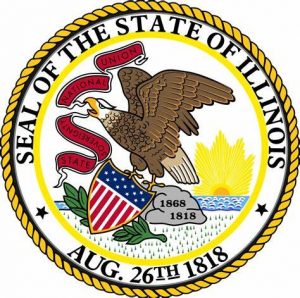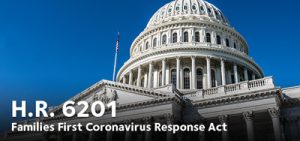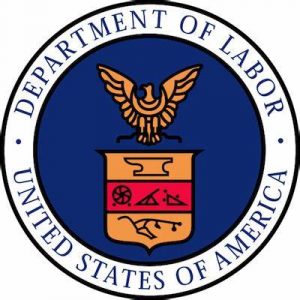By Christopher J. Graham and Joseph P. Kelly
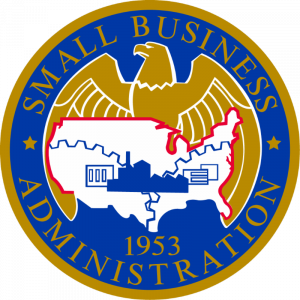
There have been more developments regarding SBA paycheck protection loans and economic injury disaster loans that may be of interest:
SBA paycheck protection loans:
- New SBA regulations and guidance:
The SBA is updating its regulations and guidance, with the most recent FAQs coming on May 13. There are now 9 Interim Final Rules and 47 FAQs, which continue to be updated. You can find them in the program rules section of this link.
- IRS notice re tax deductibility of PPP-loan funded payroll and other costs:
The IRS also issued a notice regarding the deductibility of expenses funded with PPP loan proceeds, at least to the extent of loan forgiveness. For example, if a taxpayer funds payroll costs with PPP loan proceeds and the loan is forgiven as a result, the IRS would disallow ordinarily permitted tax deductions for those costs. The rationale is that the taxpayer really isn’t paying those costs; the government is via the SBA loan “grant.” The IRS position has been controversial. And on May 6, a bipartisan senate group proposed legislation (S.3612) to “clarify” that those types of costs would remain tax deductible, notwithstanding loan forgiveness; so maybe borrowers will be able to have their cake and eat it too?
- Some of the most recent SBA FAQs address:
Reduced loan forgiveness resulting from reductions in employees; employees refusing to be rehired:
As explained in a prior blog post, if you reduce your monthly average number of full-time equivalent employees during the 8-week period beginning from the initial loan disbursement—when compared to that monthly average for your base period, loan forgiveness is reduced proportionately. Some businesses reportedly were finding that with enhanced unemployment benefits under the CARES Act, employees were refusing to be rehired because they had a better short-term deal on unemployment; and the result for the employer would be reduced loan forgiveness. Although a reduction in full-time equivalent employees ordinarily would reduce loan forgiveness, SBA FAQ (# 40) creates an exception to the extent borrowers make a written offer to rehire an employee and the employee refuses the offer; but there must be supporting documentation of both the offer and rejection.
Additional special rules for seasonal employers:
See FAQ 41.
US companies owned by foreign entities:
See FAQ 44: To determine whether an applicant exceeds the 500-employee small-business loan eligibility threshold, the applicant must count all employees of its own and the employees of its U.S and foreign affiliates. Some had argued, based on wording in earlier SBA guidance, that only US-based employees were counted.
The good faith need certification and May 18 safe harbor to return loan proceeds:
As stated in prior blog posts, the CARES Act provides that, an “eligible recipient applying for a covered loan shall make a good faith certification— … that the uncertainty of current economic conditions makes necessary the loan request to support the ongoing operation of the eligible recipient ….” An SBA FAQ relating to “large companies” stated that “Borrowers must make this certification in good faith, taking into account their current business activity and their ability to access other sources of liquidity sufficient to support their ongoing operations in a manner that is not significantly detrimental to the business.” A subsequent FAQ extended the same rule to “businesses owned by private companies.” Later SBA FAQs characterized the “large companies” FAQ as one that (1) “reminded all borrowers of an important certification required to obtain a PPP loan” and (2) “reminded borrowers to review carefully the required certification on the Borrower Application Form that ‘[c]urrent economic uncertainty makes this loan request necessary to support the ongoing operations of the Applicant.’” Late Wednesday, the SBA issued this additional clarification:
Question: How will SBA review borrowers’ required good-faith certification concerning the necessity of their loan request?
Answer: When submitting a PPP application, all borrowers must certify in good faith that “[c]urrent economic uncertainty makes this loan request necessary to support the ongoing operations of the Applicant.” SBA, in consultation with the Department of the Treasury, has determined that the following safe harbor will apply to SBA’s review of PPP loans with respect to this issue: Any borrower that, together with its affiliates received PPP loans with an original principal amount of less than $2 million will be deemed to have made the required certification concerning the necessity of the loan request in good faith.
SBA has determined that this safe harbor is appropriate because borrowers with loans below this threshold are generally less likely to have had access to adequate sources of liquidity in the current economic environment than borrowers that obtained larger loans. This safe harbor will also promote economic certainty as PPP borrowers with more limited resources endeavor to retain and rehire employees. In addition, given the large volume of PPP loans, this approach will enable SBA to conserve its finite audit resources and focus its reviews on larger loans, where the compliance effort may yield higher returns.
Importantly, borrowers with loans greater than $2 million that do not satisfy this safe harbor may still have an adequate basis for making the required good-faith certification, based on their individual circumstances in light of the language of the certification and SBA guidance. SBA has previously stated that all PPP loans in excess of $2 million, and other PPP loans as appropriate, will be subject to review by SBA for compliance with program requirements set forth in the PPP Interim Final Rules and in the Borrower Application Form. If SBA determines in the course of its review that a borrower lacked an adequate basis for the required certification concerning the necessity of the loan request, SBA will seek repayment of the outstanding PPP loan balance and will inform the lender that the borrower is not eligible for loan forgiveness. If the borrower repays the loan after receiving notification from SBA, SBA will not pursue administrative enforcement or referrals to other agencies based on its determination with respect to the certification concerning necessity of the loan request. SBA’s determination concerning the certification regarding the necessity of the loan request will not affect SBA’s loan guarantee.
The SBA also created a safe harbor, now until May 18, for borrowers to reconsider this issue and possibly return loan proceeds – though if your loan was for less than $2 million, it appears that the need threshold is a bit easier to meet then before.
75% rule and 8-week period; litigation:
Treasury Secretary Mnuchin reportedly expressed openness to a “fix” that would change the percentage of loan proceeds that must be devoted to “payroll costs” to qualify for loan forgiveness from 75% to 50% and extend the time for using loan proceeds to more than 8 weeks. This reportedly followed complaints by certain industry groups, restaurants being among them, that the current structure was unworkable. There also are suits against the SBA challenging the validity of its guidance; so perhaps those suits will result in changes. For now, it’s still 75% and an 8-week period, and the guidance is what it is. But be alert for changes.
SBA economic injury disaster loans:
Congress recently authorized more money for this loan program. But, now, if you’re not a farmer, you need not apply. Farmers were given priority; no politics, of course! See this link for more details: https://www.sba.gov/funding-programs/loans/coronavirus-relief-options/economic-injury-disaster-loan-emergency-advance#section-header-0.
